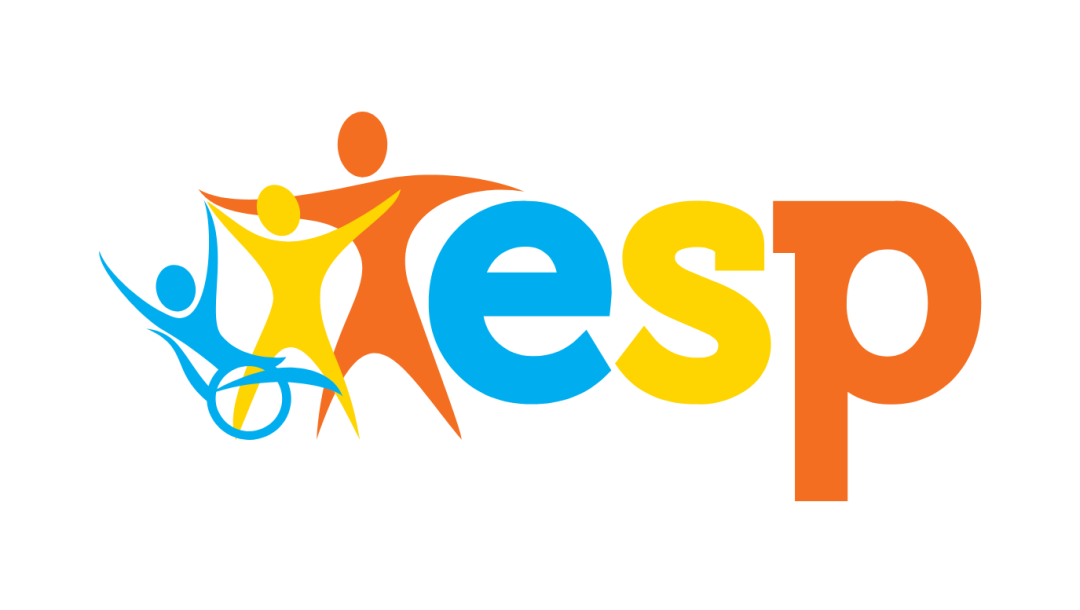Bringing Epilepsy Awareness to Light
Purple Day, an international movement initiated by Cassidy Megan in 2008, is a beacon of hope and awareness for individuals battling epilepsy. With its distinctive hue, Purple Day aims to spark conversations, dispel myths, and offer support to those affected by epilepsy. As we go into this significant observance, let’s explore what epilepsy is, its prevalence, and the impactful mission behind Purple Day.
What is Epilepsy?
Epilepsy is a complex neurological disorder characterized by recurrent seizures. These seizures are caused by abnormal electrical activity in the brain, leading to various changes in function or behavior. They can manifest in different forms, such as muscle spasms, altered awareness, convulsions, or even blank stares. The frequency and intensity of seizures can vary greatly among individuals, with some experiencing rare episodes while others face them multiple times a day. However, with effective medication and management, many individuals with epilepsy can live seizure-free lives.
Understanding the Impact:
Epilepsy is more common than often perceived, affecting an estimated 50 million people worldwide. Despite its prevalence, there are still misconceptions and stigma surrounding the condition. Many individuals with epilepsy face discrimination, social isolation, and limited opportunities due to these misunderstandings. Purple Day seeks to change this narrative by fostering understanding, acceptance, and support for those with epilepsy.
The Mission of Purple Day:
At the heart of Purple Day is Cassidy Megan’s vision to create a global movement that educates and empowers individuals with epilepsy. By encouraging open dialogue and sharing personal stories, Purple Day aims to break down barriers and provide a sense of community for those affected by epilepsy. Through initiatives such as educational events, fundraising efforts, and social media campaigns, Purple Day spreads awareness and promotes inclusion on a global scale.
How You Can Get Involved:
As Purple Day continues to grow, there are numerous ways to show your support and make a difference:
Whether it’s wearing purple clothing, participating in local events, or donating to epilepsy organizations – every action counts.
Volunteering at esp and learning how to interact and engage with people of all abilities.
By raising awareness and advocating for epilepsy research and support services, we can create a more inclusive and understanding world for individuals with epilepsy.
Purple Day is a powerful reminder of the importance of empathy, education, and solidarity in the fight against epilepsy. Through Cassidy Megan’s inspiring initiative, millions of people worldwide are coming together to shed light on this often misunderstood condition. As we unite in wearing purple and sharing our stories, let’s reaffirm our commitment to breaking down barriers and building a more compassionate society for all. Together, we can make a difference in the lives of those living with epilepsy and work towards a future free from stigma and discrimination.
“About Epilepsy.” Purple Day, www.purpleday.org/about-epilepsy/. Accessed 26 Mar. 2024.
[3] Kwan P et al. (2010) Definition of drug resistant epilepsy: consensus proposal by the ad hoc Task Force of the ILAE Commission on Therapeutic Strategies.Epilepsia51:1069-1077.http://onlinelibrary.wiley.com/doi/10.1111/j.1528-1167.2009.02397.x/full
[4] Wiebe S et al. (2001) A Randomized, Controlled Trial of Surgery for Temporal-Lobe Epilepsy.N Engl J Med345:311-381.http://www.nejm.org/doi/full/10.1056/NEJM200108023450501#t=article





